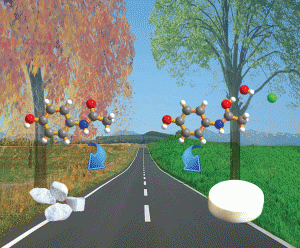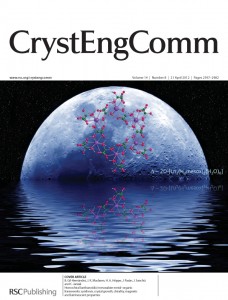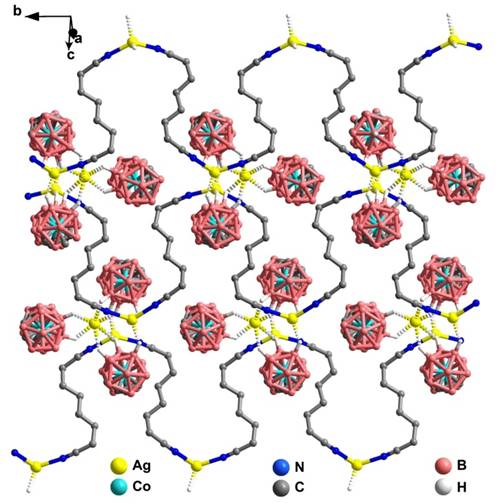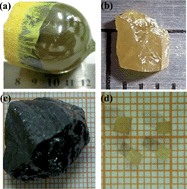This month sees the following articles in CrystEngComm that are in the top ten most accessed:-
Coordination polymers, metal–organic frameworks and the need for terminology guidelines
Stuart R. Batten , Neil R. Champness , Xiao-Ming Chen , Javier Garcia-Martinez , Susumu Kitagawa , Lars Öhrström , Michael O’Keeffe , Myunghyun Paik Suh and Jan Reedijk
CrystEngComm, 2012, Advance Article DOI: 10.1039/C2CE06488J
The role of mechanochemistry and supramolecular design in the development of pharmaceutical materials
Amit Delori , Tomislav Friščić and William Jones
CrystEngComm, 2012, 14, 2350-2362 DOI: 10.1039/C2CE06582G
Synthesis, structure, fluorescent and magnetic properties of a series of coordination polymers based on a long and flexible bis-triazole ligand
Nan Wang , Yue-Chao Feng , Wei Shi , Bin Zhao , Peng Cheng , Dai-Zheng Liao and Shi-Ping Yan
CrystEngComm, 2012, 14, 2769-2778 DOI: 10.1039/C2CE06290A
Co-crystals of caffeine and piracetam with 4-hydroxybenzoic acid: Unravelling the hidden hydrates of 1 :
: 1 co-crystals
1 co-crystals
Srinivasulu Aitipamula , Pui Shan Chow and Reginald B. H. Tan
CrystEngComm, 2012, 14, 2381-2385 DOI: 10.1039/C2CE25080B
a-Fe2O3 hierarchically nanostructured mesoporous microspheres: Surfactant-free solvothermal combined with heat treatment synthesis, photocatalytic activity and magnetic property
Jing-San Xu and Ying-Jie Zhu
CrystEngComm, 2012, 14, 2702-2710 DOI: 10.1039/C2CE06473A
Chloromethylation as a functionalisation pathway for metal–organic frameworks
Maarten G. Goesten , Karthick B. Sai Sankar Gupta , Enrique V. Ramos-Fernandez , Hossein Khajavi , Jorge Gascon and Freek Kapteijn
CrystEngComm, 2012, Advance Article DOI: 10.1039/C2CE06594K
Co-crystals of caffeine with substituted nitroanilines and nitrobenzoic acids: Structure–mechanical property and thermal studies
Soumyajit Ghosh and C. Malla Reddy
CrystEngComm, 2012, 14, 2444-2453 DOI: 10.1039/C2CE06754D
Construction of Cd(ii) coordination polymers based on R-isophthalate (R = –CH3 or –OCH3) and flexible N-donor co-ligands: Syntheses, structures and photoluminescence
Min-Le Han , Jian-Ge Wang , Lu-Fang Ma , Hui Guo and Li-Ya Wang
CrystEngComm, 2012, 14, 2691-2701 DOI: 10.1039/C2CE06511H
Morphology control of rutile TiO2 hierarchical architectures and their excellent field emission properties
Debabrata Sarkar , Chandan. K. Ghosh and Kalyan K. Chattopadhyay
CrystEngComm, 2012, 14, 2683-2690 DOI: 10.1039/C2CE06392A
Guest-dependent host structures and host-induced guest assemblies
Hye Jeong Park and Myunghyun Paik Suh
CrystEngComm, 2012, 14, 2748-2755 DOI: 10.1039/C2CE06040J
Why not take a look at the articles today and blog your thoughts and comments below.
Fancy submitting an article to CrystEngComm? Then why not submit to us today or alternatively email us your suggestions.
Comments Off on Top ten most accessed articles in February


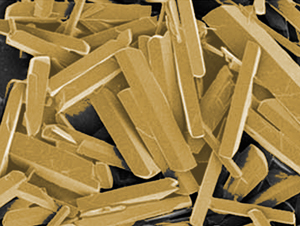









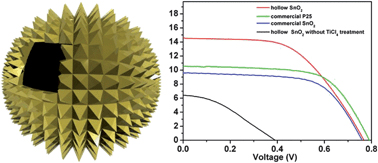
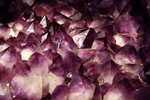



 :
: